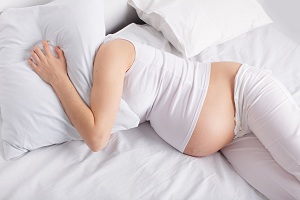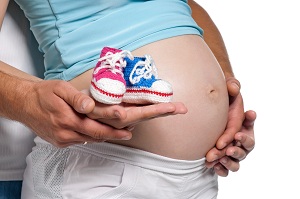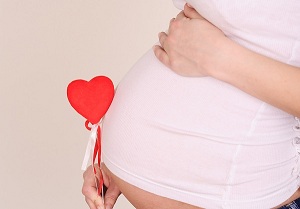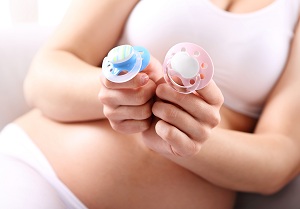Pregnant women who have suffered from depression or bipolar disorder read the expressions of newborns differently. This also happens to those who have not shown any sign of discomfort during the gestation. It could therefore be indicative of a high risk factor for the children of these women. This is revealed by a pilot study, but more research will be needed to confirm the findings.
The researchers involved: 22 pregnant women with a history of depression behind; 7 pregnant women with a history of bipolar disorder behind; 28 healthy pregnant women; 18 non-pregnant women. The women were all between the 27th and the 39th weeks of gestation.
Scholars have shown pictures of sad and happy faces of adults and newborns. Women had to rate each photo, based on the rate of "happiness" or "sadness". Dr. Anne Bjertrup reports that the responses of women with a history of depression or bipolar disorder were very different. As a result, they may have more difficulty interpreting children's signals and expressions.
Pregnant women with a history of bipolar disorder have had difficulty recognizing all expressions. In general, they have mainly identified positive expressions in adults and children. Conversely, those with a history of depression have identified negative expressions with greater accuracy. However, this is only a pilot study, therefore limited. Dr Bjertrup emphasizes that it will be necessary to repeat the study with a larger sample of women.
Depression and bipolar disorder are largely hereditary disorders. Those with depressed parents have a 60% chance of suffering from a mental disorder. In addition to genes, the quality of interactions with the mother also plays an important role. The response to the signals of the newborn could be one of the key factors, but it will be necessary to explore the matter with greater care.
Source: medicalxpress.com
Add a comment





